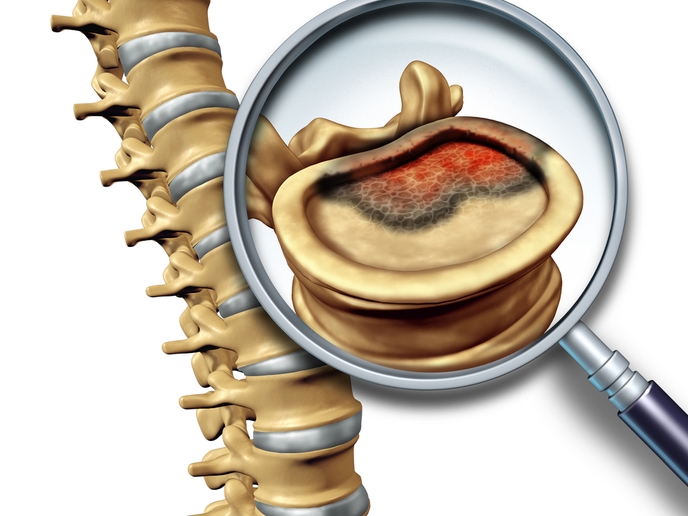Tiny silica particles: Powerful agents that could wipe out bone diseases
Nanoparticles constitute the main pillar in nanomedicine: They are now continuously being explored for their use in targeted drug delivery or repairing damaged tissues such as bones and muscles. Inspired by their potential, scientists initiated the VERDI(opens in new window) project funded by the EU Research Council (ERC). At the core of the project’s vision was to create a library of active ingredients and targeting mechanisms according to the disease being treated. This library could serve as the ideal starting point for designing customised nanoparticles depending on the bone pathology. Using this multifunctional nanoplatform, scientists can equip ‘secret powerful agents’ – mesoporous silica nanoparticles – with sophisticated weapons to fight different but frequently associated bone diseases. These include cancerous tumours that grow inside bone tissues disguised as healthy cells, osteoporosis that weakens bone reconstruction, and bacteria that infect healthy bones and resist the body’s defences. The versatile super-agents can efficiently recognise any of these threats. To avoid releasing medicine before they reach the target site, they are dressed in ‘special clothing’, namely polymer coatings that help them recognise where to deliver their cargo. For example, anticancer agents can sense contact with the rogue cancer cell receptors and, with the help of clinicians using ultrasound, ultraviolet light or magnetic signals, they know when to release the toxin inside the tumour cells. In osteoporosis treatment, the nanoparticles could deliver molecules capable of silencing certain genes associated with the disease, to limit bone loss and promote bone formation. Ultimately, the tiny agents combatting infections could release their antibiotics to kill bacteria. The project is running until 2021. More than three years since it kicked off, the project team have already filed two patents for their technology. They are also preparing to conduct clinical studies of the nanoplatform over the coming years. The application of a single technology for treating three different bone diseases – bone cancer, bone infection and osteoporosis – favours the industrial scale-up process. Ultimately, it could facilitate the transition of nanotechnology-based treatments (nanomedicines) from research to healthcare.



